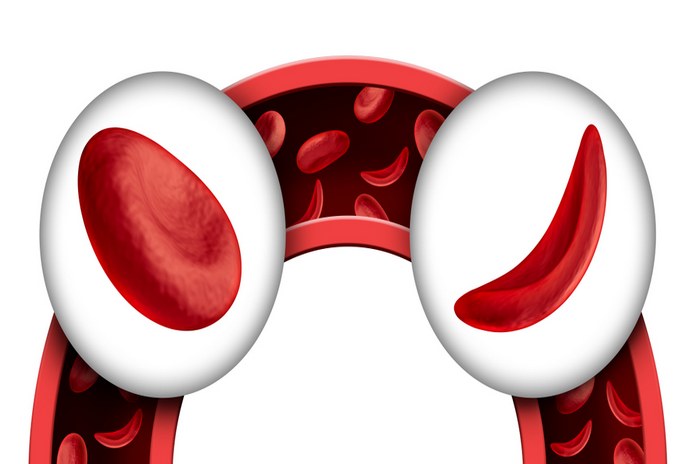Sickle Cell Anemia Mutation
We all know that DNA is constantly subject to mutations by accidental changes in its code. These mutations can lead to missing and malformed proteins that can lead to disease.
Some mutations take place during cell division when DNA duplicates. Other mutations are causes when DNA gets damaged by some environmental factors such as UV radiation, chemicals, and viruses. Keep in consideration that sickle-shaped blood cells of sickle cell anemia are known as genetic diseases common among African descendants.
However, sickle cell anemia results from a point mutation or a change in just one nucleotide in the gene for hemoglobin. The mutation causes the hemoglobin in RBCs to distort to a sickle shape when deoxygenated. Furthermore, the sickle-shaped blood cells clog in the capillaries that cut off the circulation.
As described earlier, sickle cell anemia is an autosomal recessive disease that only occurs if both the maternal and paternal copies of the hemoglobin B gene are defective. However, three inheritance scenarios may lead to a child having sickle cell anemia:
- Both parents have sickle cell trait.
- If parents have sickle cell trait, there is a 25 percent risk of the child having sickle cell anemia. Along with this, there is a 50 percent risk of them having sickle cell traits, and there will be a 25 percent chance that the child will not inherit a copy of the mutated gene.
- If one parent has sickle cell anemia while the other has sickle cell trait
- If one parent has sickle cell anemia, but another has sickle cell trait, 50 percent of children will have sickle cell anemia. Furthermore, 50 percent risk is, they will have sickle cell trait.
- Both parents have sickle cell anemia.
- If both parents have sickle cell anemia, their children will have the disease.

